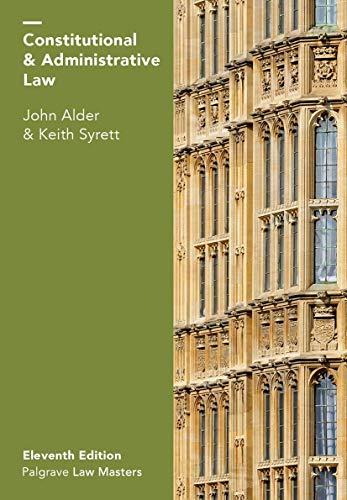Answered step by step
Verified Expert Solution
Question
1 Approved Answer
finishes the statement, There ought to be a law... Please explain: Your new law. What is standing and who would have standing to sue under
finishes the statement, "There ought to be a law..."
Please explain:
- Your new law.
- What is standing and who would have standing to sue under your law?
- What is jurisdiction? What court would have jurisdiction? What kind(s) and why?
- What would be the remedy for violation of your law? (for example, Civil Damages vs. Criminal Punishment). Explain your rationale.
Expectations:
- Define and Demonstrate course knowledge and understanding of the above subjects. Be sure to define terms and explain the why behind your statements.
- A minimum of 1 full page of explanation.
- Clear, concise writing, with A PA citations if you are using direct quotations or paraphrasing material. Quotations are NOT REQUIRED. But if you are using them, use them correctly. See an ASC English tutor for help if you would like.
Step by Step Solution
There are 3 Steps involved in it
Step: 1

Get Instant Access to Expert-Tailored Solutions
See step-by-step solutions with expert insights and AI powered tools for academic success
Step: 2

Step: 3

Ace Your Homework with AI
Get the answers you need in no time with our AI-driven, step-by-step assistance
Get Started


